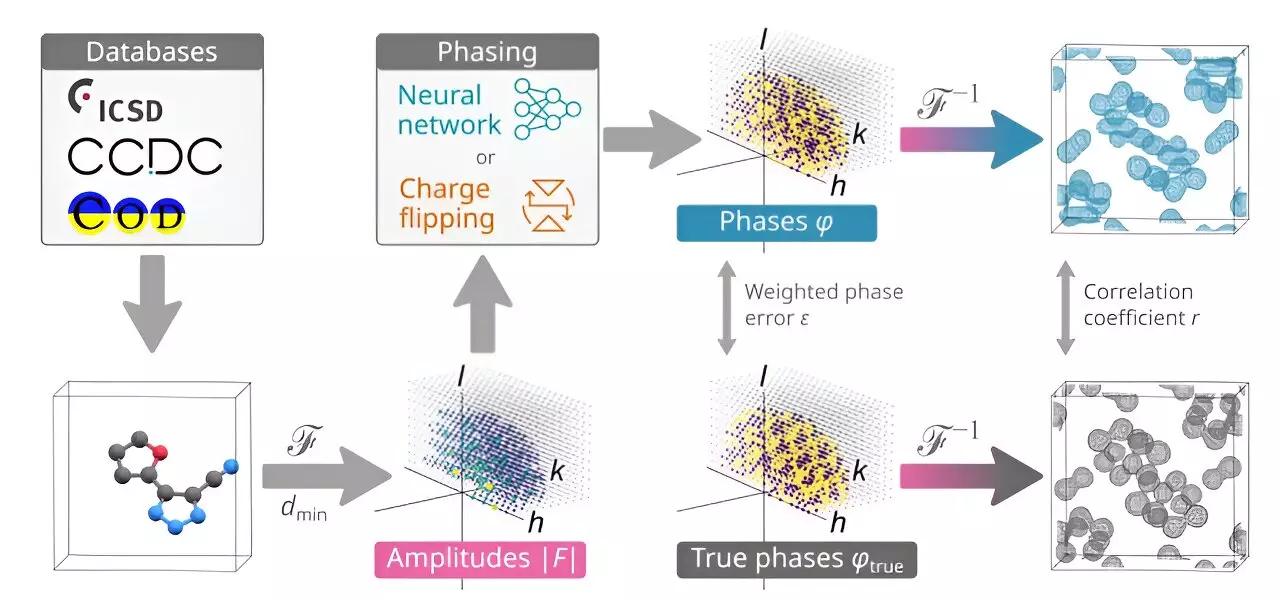Chemistry has seen a significant advancement with the recent development of an AI application by a trio of chemists at the University of Copenhagen. This cutting-edge application is designed to determine the phase of x-rays diffracted by crystals, ultimately leading to the prediction of small molecule structures. The collaboration between chemists and computer scientists has paved the way for innovative AI applications that have the potential to revolutionize the field of chemistry.
Conventional methods of predicting the structure of small molecules have often relied on trial and error, making the process laborious and time-consuming. The current approach involves converting batches of molecules into solid crystals and subjecting them to x-ray beams. However, the inability to measure the phase of x-rays has resulted in fuzzy diffraction patterns, complicating the determination of molecular structures. This limitation has led the researchers to develop an AI-powered solution that can decipher the complex patterns, even in cases where they appear blurry.
The innovative AI application, known as PhAI, was created by utilizing computer models to generate millions of artificial small molecule structures. By simulating the diffraction patterns produced by these structures, the researchers were able to train the AI to recognize the relationship between crystal structures and fuzzy diffraction patterns. Through this process, the AI app learned to distinguish between phase and intensity information, providing accurate outputs for a multitude of potential molecules.
Achieving Remarkable Results
The efficacy of the PhAI application was demonstrated through extensive testing, where it successfully predicted the structure of 2,400 small molecules with known structures. This remarkable accuracy highlights the potential of AI in streamlining the process of crystal structure prediction. The research team’s future endeavors involve expanding the capabilities of PhAI to encompass molecules beyond 50 atoms, showcasing the continuous evolution of AI in chemistry.
The development of the AI application for crystal structure prediction represents a significant milestone in the field of chemistry. By harnessing the power of artificial intelligence, researchers have overcome traditional challenges and achieved unprecedented accuracy in predicting small molecule structures. The groundbreaking work of the trio of chemists at the University of Copenhagen serves as a testament to the transformative potential of AI in advancing scientific research.


Leave a Reply